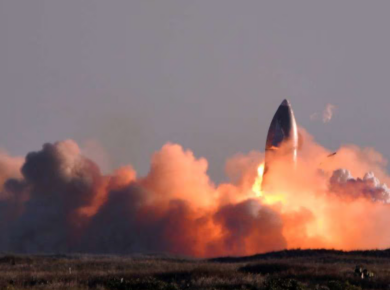Atmosphere – Wind Pattern of the world
Planetary Winds
- Planetary winds are also known as permanent or prevailing winds
- Blow from high to low pressure, over the earth surface & oceans throughout the year & in a particular direction
- These winds are divided into 3 categories viz.
- Trade Winds (Tropical Easterlies)
- Westerlies
- Polar winds (Polar Easterlies)
Trade Winds (Tropical Easterlies)
- Winds blowing from subtropical high-pressure area to equatorial low-pressure area (Extremely steady winds)
- Since they travel from high latitude to low latitude area, they become gradually hot & dry and hence have a great capacity to hold moisture
- They cause considerable rainfall on eastern margins of the continents as they get moisture after blowing over oceans
- These winds converge near equator & form ITCZ, here these winds rises & causes heavy rainfall
- Absent in N Indian Ocean which is dominated by Monsoon winds.
Westerlies
- Winds blowing from subtropical high-pressure belts towards subtropical low pressure belts
- Blow from S – W to N – E under Coriolis effect in N – Hemisphere & from N – W to S – E in S – Hemisphere
- Blow from lower latitudes to higher latitudes
- Cause considerable rainfall particularly on western margins of the continents.
- More consistent in direction & blow with stronger force in S – Hemisphere due to lesser obstructions from continents
- Also known as brave winds or roaring forties, furious fifties & shrieking sixties according to the varying degree of storminess in the latitudes in which they blow.
- It must be noted that not all the western coast of the temperate zone (30* – 60*) receive Westerlies throughout the year due to shifting of wind belts coz of earth’s inclination.
In June, when the overhead sun is over the tropic of cancer, all the belts move about 5* – 10* north of their average position.
The Mediterranean parts of continents that comes under the effect of werterlies, receive rain in June & vice a versa in December, when sun is overhead tropic of Capricorn.
Polar winds
- Winds blowing from polar high to sub polar low pressure belt
- Are very cold in nature as originate in polar areas & do not cause much rainfall
- These winds give birth to cyclones when they come in contact with westerlies
- Brings frequent change in weather conditions & causes heavy rainfall
Shifting of Wind belts
- Wind belts described above keep on shifting northward & southward depending upon the movement of the sun.
- March 21 & Sep 23 (Equinoxes)
- Sun shines vertically over equator
- Equatorial low pressure belt lies b/w 5* N – 5* S
- After March 21, sun moves northward & with it whole system of pressure belts moves northward
- June 21 → Sun shines vertically over Tropic of cancer & all the pressure belts move 5 – 10 * northward from original position
- Dec 21 → Sun shines vertically over Tropic of Capricorn & all the pressure belts move 5 – 10 * southward from original position
- Thus, shifting of world’s pressure belts also causes shifting of world’s wind system
Periodic / Seasonal winds
- Winds which change their direction periodically
- Examples → Monsoon Winds, Land & Sea Breeze, Mountain & Valley Breeze
Monsoon Winds
- Refers to system of winds which reverses their direction completely with change of seasons
- Blow from sea to land during summers & land to sea during winters, due to differential in heating of continents & oceans → Halley’s law
- In summers, sun shines vertically over Tropic of cancer resulting in high temp. & low pressure in central Asia, while pressure is sufficiently high at Bay of Bengal & Arabian Sea.
- This induces air flow from Sea to land & induces heavy rainfall in India & neighboring countries
- In winters, sun shines vertically over tropic of Capricorn, hence N – W part of India grows colder than Arabian Sea & Bay of Bengal which results in reversal of monsoon in India
- Above theory of differential heating was replaced by shifting of ITCZ for monsoon in India & neighboring countries
Land & Sea Breeze
- Influence only a narrow strip of 20 – 30 km along the coast
- During day sun shines hence sea breeze moves from sea to land (Sea Breeze)
- In night it reverses its direction i.e. from land to sea (Land Breeze)
Mountain & Valley Breeze
- During day, mountain slopes gets heated more than valley floor hence air from valley floor blows up the slope (Valley Breeze)
- After sunset pattern is reversed i.e. Mountain Breeze

















3 comments
thankyou very much to share the knowledge.
correction: Westerlies Winds blow from subtropical high pressure belts towards subpolar low pressure belts.
Nice articles